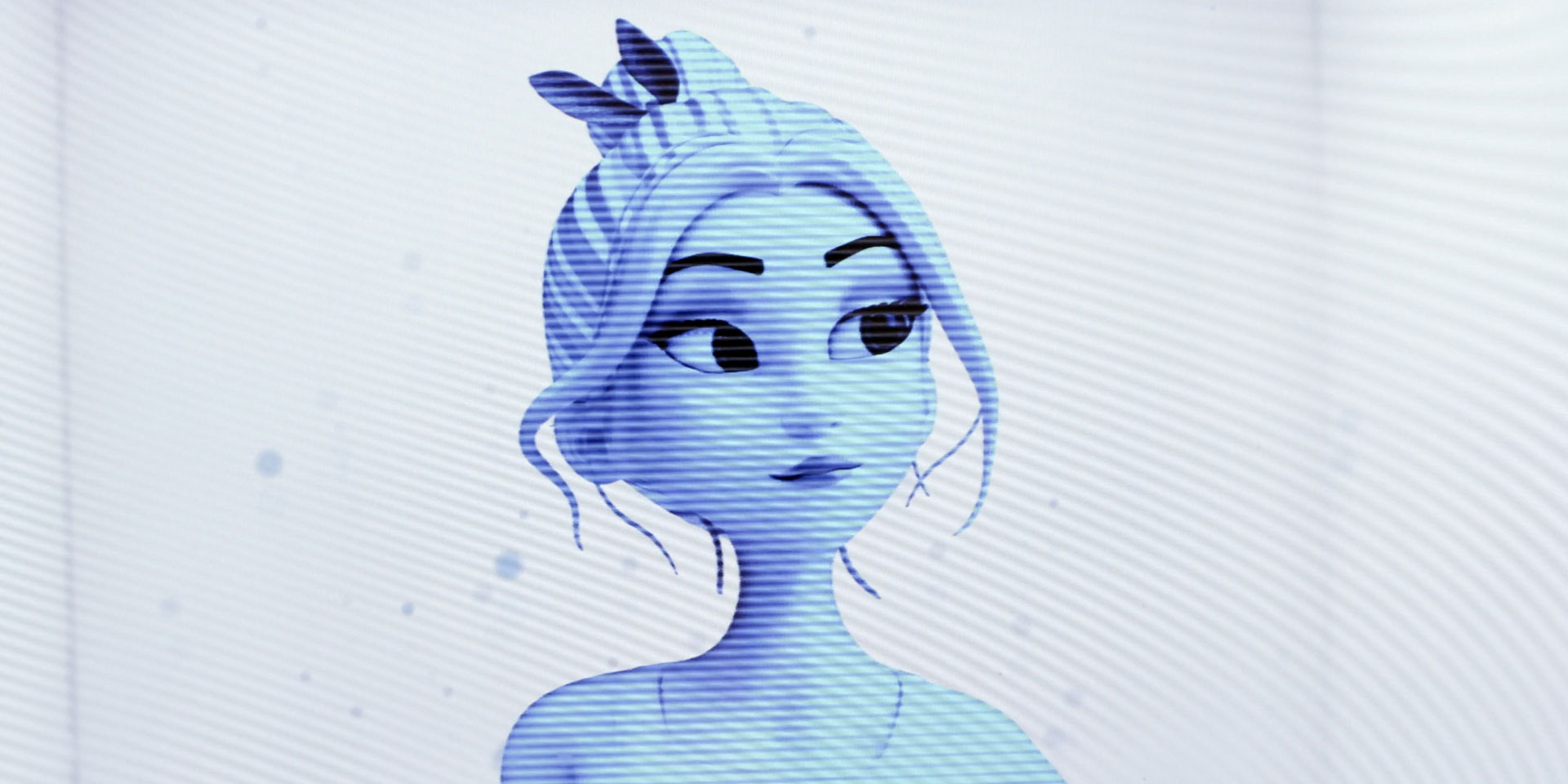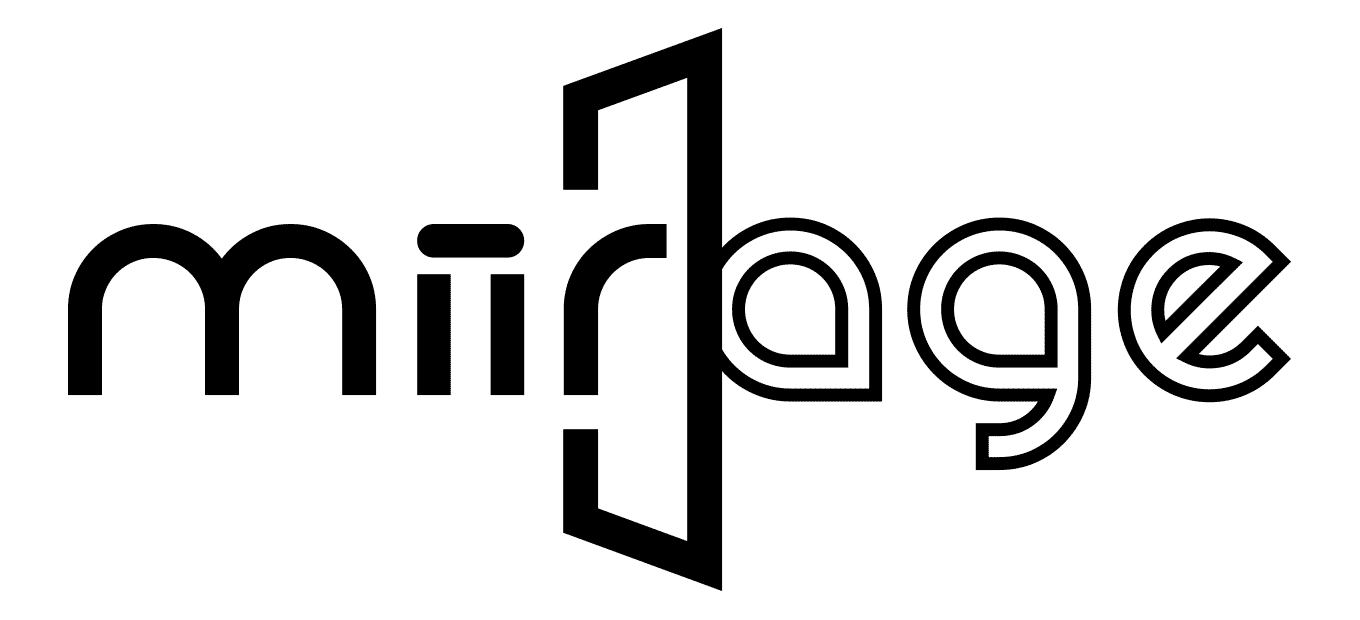Holographic Artificial Intelligence

The intersection of Artificial Intelligence (AI) and holographic technology is creating a groundbreaking shift in how businesses connect with their customers and manage internal operations. Traditionally, the interaction with AI systems has been largely confined to text-based or voice-activated commands, often lacking the emotional and visual cues that usually facilitate human interaction. However, the introduction of holography into this landscape changes the game entirely, allowing for a rich, visually engaging experience that offers a new layer of interaction. Research conducted by Stanford University's Human-Computer Interaction Group has demonstrated that interactions with technology that simulate human-like behavior can significantly build trust and improve overall user satisfaction. For businesses, this translates into a more robust relationship with customers, who are not merely satisfied but are also emotionally engaged with the brand.
When you look at customer service, for example, having a holographic AI representative opens up a world of possibilities. No longer is the consumer interaction limited to text or voice; now, they can see a responsive, friendly face that can handle a wide range of tasks. From answering queries to providing complex product recommendations and even helping customers navigate a retail environment, the scope is impressive. IBM's report from 2021 further backs this up, revealing that AI has the capability to manage as many as 80% of routine customer service questions. By coupling this AI capability with a holographic face, businesses stand to make exponential gains. Not only can they considerably streamline operational efficiencies, but they can also drastically reduce the costs associated with human intervention in customer service, all while maintaining or even elevating the level of customer satisfaction.
Data visualization and analytics are other critical areas where the amalgamation of AI and holographic technology shines brightly. Decision-makers often have to sift through complex layers of data to arrive at actionable insights. Holographic representations of data sets, laid out in an interactive 3D space, make the process far more intuitive and engaging. This enables executives and analysts to manipulate and interact with data sets in real-time, offering a whole new level of understanding and granularity.
This integration is particularly beneficial in sectors that require complex and nuanced training, such as healthcare or advanced manufacturing. For instance, a holographic AI can serve as an interactive training module, providing visual and step-by-step guidance for intricate procedures. A study published in the Journal of Medical Systems found that such interactive training methodologies could enhance knowledge retention by an impressive 25% compared to conventional methods.
The fusion of AI with holographic systems is not just a technological advancement; it's a revolution in how businesses and customers interact. It offers an unprecedented level of both operational efficiency and customer engagement. By humanizing the AI experience, providing interactive and intuitive data analysis tools, and creating new paradigms for training and development, this integration promises a future where technology doesn't just serve functional needs but also satisfies the human desire for interaction and engagement. It makes an overwhelmingly compelling case for its widespread adoption across diverse business sectors.

